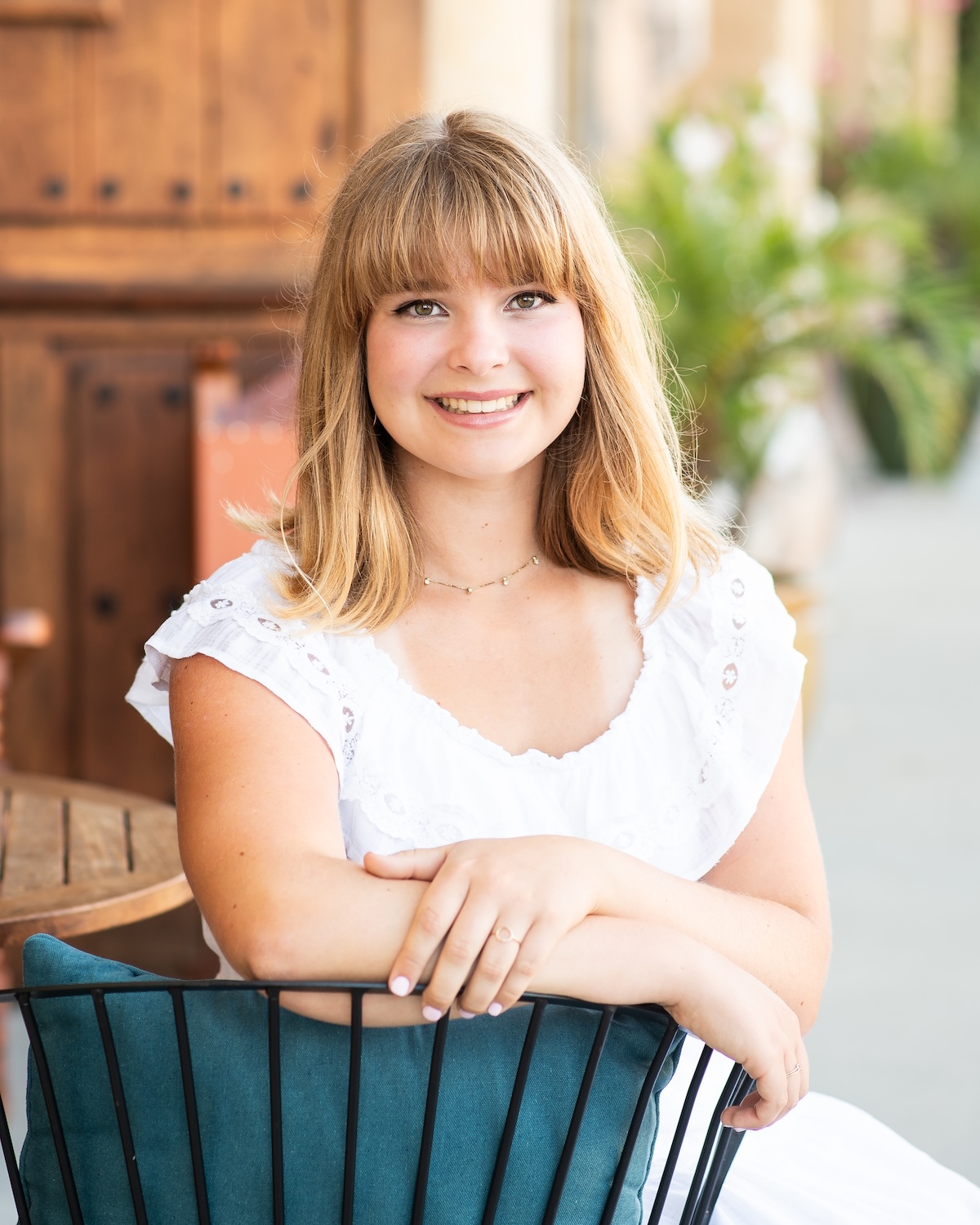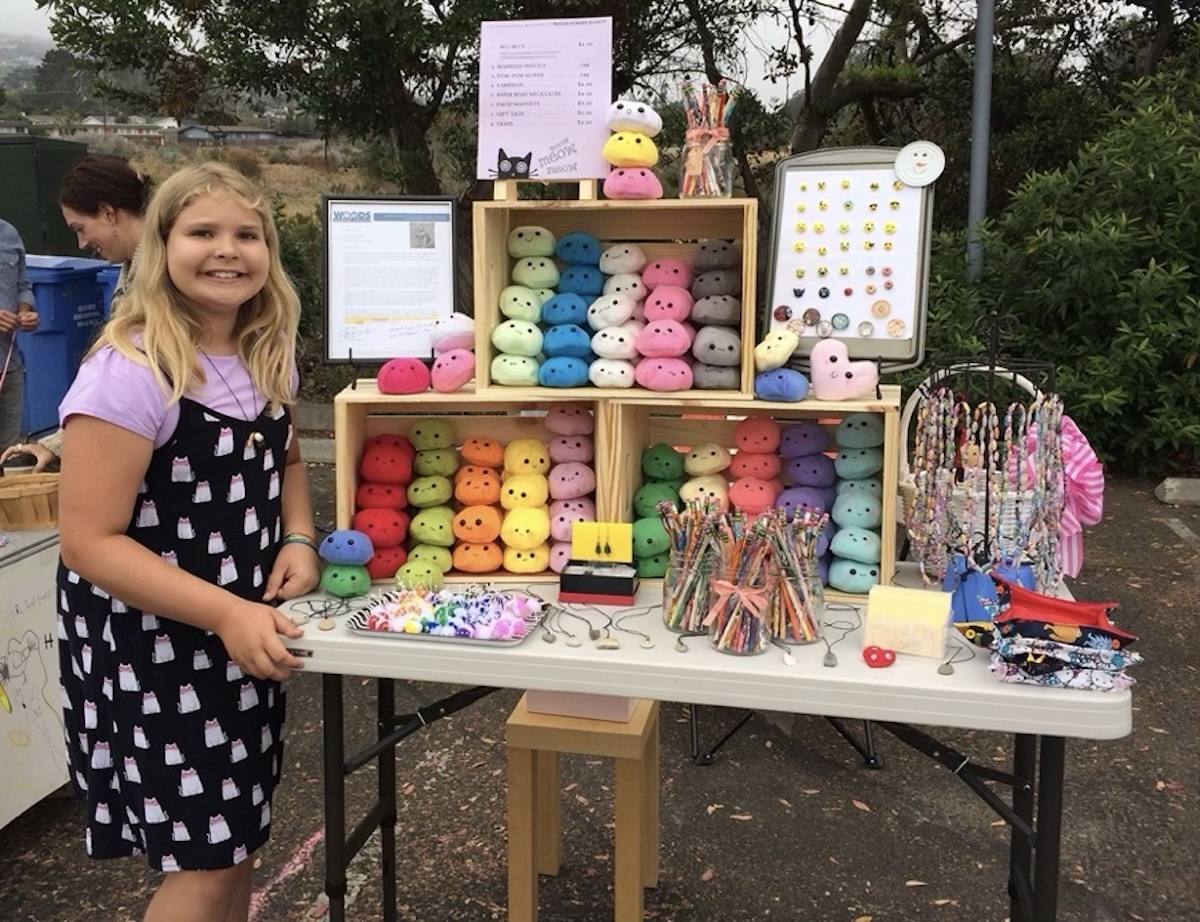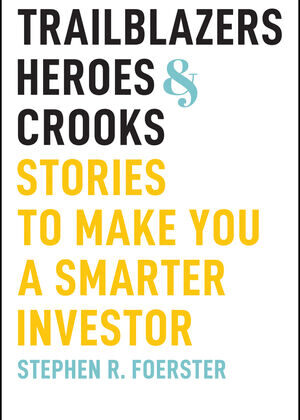When I was eleven, I dreamed of a summer adventure across Hungary, The Czech Republic, and Austria. It wasn't just the allure of castles and cobblestone streets; it was a trip offered by my favorite middle school teacher, Mr. Townsend, who inspired me with stories about the food, culture, and history we'd experience. But dreams like that don't just fall into your lap. My family didn't have the means to fund the trip outright, so I did what any determined, slightly stubborn, financially conscious kid would do—I proposed a deal.
“If I can raise half,” I said, “can I go?”
My mother, the pragmatic queen of financial wisdom, didn't even hesitate. “How?” she asked, arching an eyebrow. Because in our house, ambition was always met with accountability. I didn't expect my mom to say yes when I asked if I could go. I expected hesitation, maybe even a lecture about how money didn't grow on trees. But she didn't balk, didn't laugh, didn't brush me off.
She nodded and said, “Alright then, let's figure out how you're going to do it.” Once my mom agreed, and there was no turning back.
Side Hustle Beginnings
Now, this wasn't my first rodeo when it came to making money. When other kids had a lemonade stand with a table and a pitcher of lemonade, at 8 years old, mine was a full-blown operation. My mom became my silent partner—but with a catch. “If you want to have a lemonade stand, then let's learn something in the process,” she said. “I want you to actually learn to make money.”
So, we spent afternoons at the grocery store, pricing lemons by the piece versus by the bag, calculating the cost of ice, and analyzing how the cup size versus the amount of ice impacted the cost per serving. My original plan? A simple table with a pitcher of lemonade. But once I told my mom, it took on a life of its own.
I created a pricing strategy and even had a sign: “Best Lemonade in Town!” We tried numerous lemonade recipes so that it truly would be the ‘best in town.' We figured out where to set up, strategically placing my stand for perfect visibility. I did the hustling while my mom stood in the background. I figured out how to make exact change, tracked every expense, repaid my mom's investment, and turned a profit.
That was the summer I learned that making money wasn't just about selling—it was about strategy, planning, and execution.
Figuring Out A Path To Europe
With that mindset, I tackled my Europe trip challenge. I started with a brainstorming session. I sat with a notebook and listed my skills. What could I do? What could I make? I jotted down sewing,
a talent passed down from my mom.
I wrote about my knack for crafts and ability to tell a good story. Next, I listed things parents or kids might want to buy. I scoured the internet for ideas and came up with a long list of items I could make, such as scrunchies, tote bags, pillowcases, felt crowns, notebook covers, and holiday ornaments. I even came up with an original idea for a simple plushy I called a Mo-Mo.
A Mo-Mo is a small, squishy stuffed creature with simple black eyes and a tiny embroidered smile or frown. Each one had a personality of its own, and soon, they became my signature item.
Selling Local
Then, the real work began. With a solid plan, I started creating. Over the next year, when I wasn't doing homework or after-school activities, our kitchen table and living room became my crafting studio, and my sewing machine hummed late into the night. I poured my heart into every stitch.
Then came the hard part: selling. Armed with my homemade wares and a story about why this trip mattered to me, I went door to door in my local neighborhoods. It wasn't easy initially, but I learned how to connect with people. Their eyes lit up when I told them about the castles I wanted to see, the history I wanted to learn, and the experiences I hoped to bring back home. My passion became contagious.
Working The Craft Fair
Beyond my neighborhood, three local libraries offered kid craft fairs. I signed up for each one. The hum of excitement, the exchange of smiles with strangers, and the occasional “Wow, did you make this yourself?” all fueled me. Additionally, my Mo-Mo's were a hit! I sold over 300 at $4.00 each.
And let me tell you, I learned the true meaning of financial balance that summer. Because while I was making money, I was also learning the art of not spending it. No random trips to the mall. No extra snacks at school. Every dollar had a mission, and that mission was getting me on that plane.
After months of hustling, sewing, and crafting, I hit my goal. Two thousand five hundred dollars. The feeling was indescribable. It wasn't just about the money but about proving to myself that I could do it. That financial responsibility, grit, and a little creativity could turn a dream into reality.
Goals Achieved

And that trip? Worth every painstakingly crafted scrunchie and Mo-Mo. I walked across the Danube River on the Széchenyi Chain Bridge in Budapest. I stood in awe at the Church of Bones in Prague. I pinched myself to remind myself that I was actually standing in front of well-known artists at the Mumok Museum of Modern Art. I soaked in history in a way no textbook could have ever delivered.
But more than that, I carried with me a lesson that would stick far beyond those two weeks: the power of financial balance. Earning and saving. Hustling and budgeting.
No goal—whether it's a trip, an education, or building wealth—is ever achieved by just doing one or the other. You need both.
About The Author
Amelia Taylor-Hall plans to attend San Diego State University for nursing.
This story was part of the Side Hustlin' Student Scholarship
Check out the other winners here: Side Hustlin’ Student Scholarship Results Page.
The post The $5,000 Dream, Mo-Mo’s, and Hustlin’ appeared first on The College Investor.












